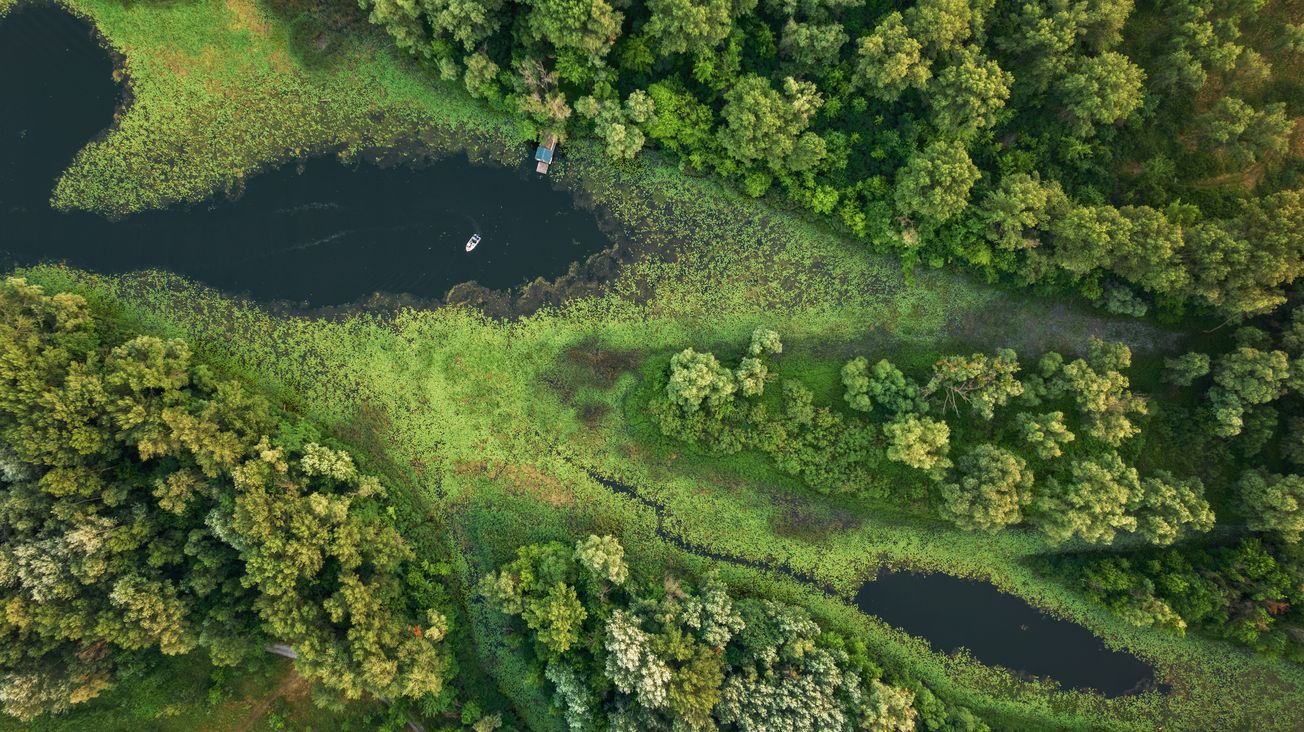The global economy is currently facing an unprecedented depletion of natural resources, which threatens the delicate balance of our ecosystems. As highlighted in NatureFinance and Carbone 4’s new paper on biodiversity credit markets, Harnessing Biodiversity Credits for People and Planet, this alarming situation necessitates urgent action. The concept of biodiversity credits offers hope in this context, providing a practical mechanism to incentivise and reward conservation efforts.
What are biodiversity credits?
Biodiversity credits are akin to tradable assets that enable individuals, communities, and organisations to invest in the preservation and restoration of our planet's biodiversity. These credits function as a financial instrument, quantifying the value of ecosystem services and biodiversity enhancements. By assigning a monetary value to these ecological contributions, we can integrate conservation into economic decision-making processes.
Harnessing Biodiversity Credits for People and Planet emphasises the importance of biodiversity credits in empowering local communities. Often marginalised and lacking resources, these communities will be able to actively engage in conservation efforts and benefit financially. Biodiversity credits will enable them to leverage their ecological assets, such as protected lands or sustainable agricultural practices, to generate income, ultimately improving their socio-economic conditions. The paper explores the establishment of marketplaces where buyers, such as corporations aiming to offset their ecological footprint, can purchase these credits from sellers, including landowners and conservation organisations. This system creates a direct financial incentive for conservation and encourages the preservation of vital ecosystems.
Biodiversity credits to support restoration
An intriguing aspect highlighted in this paper is the potential for biodiversity credits to support the restoration of degraded ecosystems. By attaching a value to restoration efforts, this approach encourages investment in reforestation, habitat rehabilitation, and species reintroduction. Biodiversity credits thus hold promise in reversing the damage human activities have had on our planet. Moreover, biodiversity credits offer a potential pathway for sustainable development. These credits can channel financial resources toward nature-based solutions, providing a viable and scalable approach to address pressing environmental challenges. By integrating biodiversity conservation into economic frameworks, we can lay the foundation for a regenerative and inclusive future.
It is important to acknowledge that biodiversity credits are not without challenges. There is a need for robust governance frameworks, accurate valuation methodologies, and effective enforcement mechanisms. The quantification and verification processes associated with these credits are key to ensuring accountability and transparency; safeguarding not only the integrity of the market but also ensuring the credibility and impact of the projects funded through biodiversity credits. Some of the key challenges identified are:
- Standardisation: Establishing consistent protocols that are credible and affordable.
- Scalability: Adapting to various project sizes and ensuring high-integrity demand for the credits.
- Additionality: Ensuring additional conservation benefits and a sufficient supply of credits.
- Equitable distribution: Ensuring adequate prices and distribution for project developers and local communities.
- Verification and market development: Robust project assessment and monitoring, ensuring strong governance and transparency.
Next steps
It will require collaborative efforts, cross-sector partnerships, and continuous refinement of the biodiversity credit system to overcome these hurdles. Addressing these identified challenges is pivotal in unlocking the full potential of biodiversity credits as a sustainable solution for biodiversity conservation, paving the way for a harmonious coexistence between humanity and the natural world. The Global Roadmap lays a solid foundation for accomplishing this task and establishing a clear path for progress.
Author: Maria Granada Alarcon Blazquez (co-author of Harnessing Biodiversity Credits for People and Planet).









